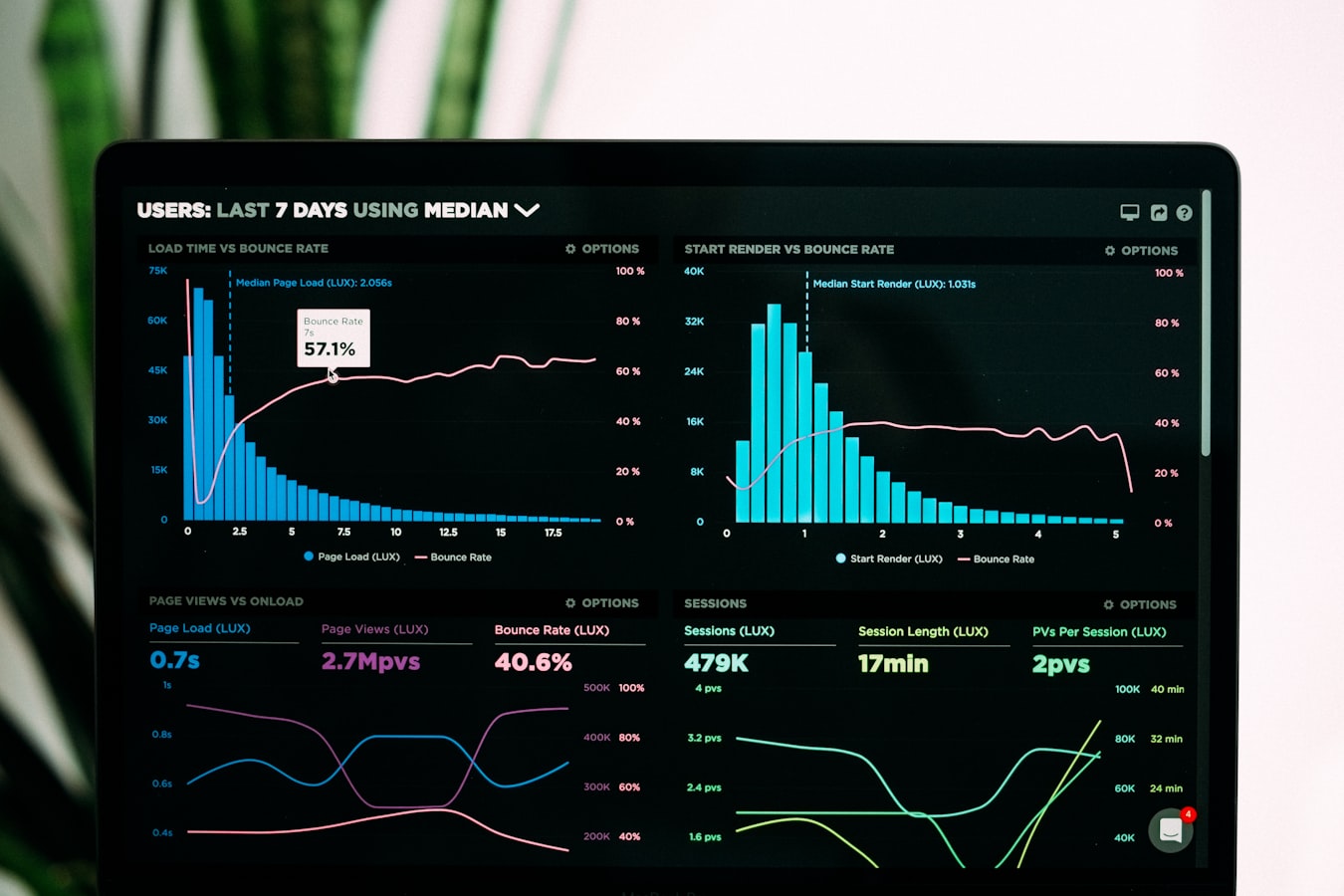As we move further into 2025, the field of data analytics continues to evolve at an unprecedented pace. Organizations across industries are increasingly relying on data-driven insights to gain competitive advantages, optimize operations, and deliver exceptional customer experiences. In this article, we'll explore the key trends that are shaping the future of data analytics and how businesses can prepare for this new era.

1. AI-Powered Analytics: Beyond Basic Automation
Artificial Intelligence has been transforming data analytics for years, but in 2025, we're seeing a significant leap forward. AI is no longer just automating routine analysis tasks; it's now capable of generating sophisticated insights that were previously impossible to uncover.
Advanced machine learning algorithms can now identify complex patterns across disparate datasets, predict future trends with remarkable accuracy, and even suggest optimal courses of action based on these predictions. This evolution from descriptive to prescriptive analytics represents a fundamental shift in how organizations leverage their data.
What makes this development particularly exciting is the democratization of these capabilities. With the rise of no-code and low-code AI platforms, even organizations without dedicated data science teams can now implement sophisticated AI-powered analytics solutions.
2. Real-Time Analytics: From Insights to Immediate Action
The value of data diminishes rapidly with time. In 2025, businesses are no longer satisfied with analyzing historical data; they demand real-time insights that enable immediate action. This shift is being driven by advances in stream processing technologies, edge computing, and 5G connectivity.
Real-time analytics platforms can now process massive volumes of data as it's generated, applying complex analytics models to deliver insights within milliseconds. This capability is transforming industries where immediate decisions are critical:
- Financial services: Real-time fraud detection and trading algorithms
- Manufacturing: Predictive maintenance and quality control
- Retail: Dynamic pricing and personalized customer experiences
- Healthcare: Patient monitoring and treatment optimization
The key challenge for organizations implementing real-time analytics is balancing speed with accuracy. The most successful implementations combine streaming analytics for immediate insights with deeper batch processing for more comprehensive analysis.
3. Federated Analytics: Privacy-Preserving Insights
As privacy regulations continue to tighten globally, organizations face increasing challenges in collecting and analyzing customer data. Federated analytics has emerged as a powerful solution to this dilemma, allowing organizations to derive insights from data without actually moving or centralizing that data.
In a federated analytics model, the analytics algorithms travel to where the data resides, rather than the other way around. This approach preserves privacy while still enabling powerful analytics capabilities. It's particularly valuable for:
- Cross-organizational collaboration without sharing sensitive data
- Analyzing data across geographic regions with different privacy regulations
- Leveraging insights from edge devices without centralizing personal data
We expect federated analytics to become the standard approach for privacy-sensitive industries by the end of 2025, with healthcare and financial services leading the adoption.
4. Augmented Analytics: Empowering Business Users
The shortage of data scientists has been a persistent challenge for organizations seeking to become more data-driven. Augmented analytics addresses this gap by combining AI capabilities with intuitive interfaces that empower business users to perform complex analytics tasks.
Modern augmented analytics platforms can:
- Automatically identify relevant patterns and insights in data
- Generate natural language explanations of complex findings
- Suggest visualizations that best communicate specific insights
- Enable conversational interfaces for data exploration
This democratization of analytics is dramatically accelerating the pace at which organizations can derive value from their data. By removing technical barriers, augmented analytics allows domain experts to directly leverage data for decision-making without requiring intermediaries.
5. Decision Intelligence: From Insights to Outcomes
Perhaps the most significant trend in data analytics for 2025 is the rise of decision intelligence frameworks. These frameworks go beyond traditional analytics by explicitly connecting data insights to business decisions and their outcomes.
Decision intelligence combines elements of data science, social science, and managerial science to create a comprehensive approach to decision-making. It recognizes that effective decisions require not just data analysis but also an understanding of human behavior, organizational dynamics, and business context.
Leading organizations are now implementing decision intelligence platforms that:
- Map the relationship between decisions and their potential outcomes
- Incorporate both quantitative data and qualitative factors
- Model the uncertainty and risks associated with different options
- Learn from past decisions to continuously improve recommendations
This holistic approach ensures that analytics investments translate directly into improved business outcomes, addressing one of the most persistent challenges in the field.
Ready to transform your analytics capabilities?
Evoluweb Analytics provides cutting-edge solutions that incorporate all these emerging trends. Our platform empowers your organization to turn data into actionable insights and competitive advantage.
Request a DemoConclusion: Preparing for the Future
The future of data analytics is not just about technology; it's about fundamentally transforming how organizations leverage data to create value. To prepare for this future, organizations should:
- Invest in flexible, scalable data infrastructure that can adapt to emerging technologies
- Focus on building a data-driven culture that values evidence-based decision making
- Develop a balanced portfolio of analytics capabilities, from real-time insights to deep analysis
- Prioritize data literacy across all levels of the organization
- Establish clear governance frameworks that balance innovation with privacy and security
By embracing these trends and preparing strategically, organizations can position themselves to thrive in the data-rich environment of 2025 and beyond.